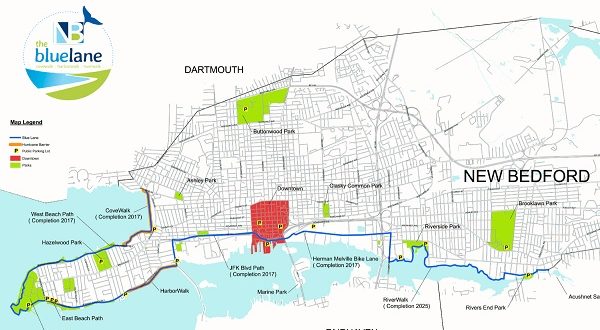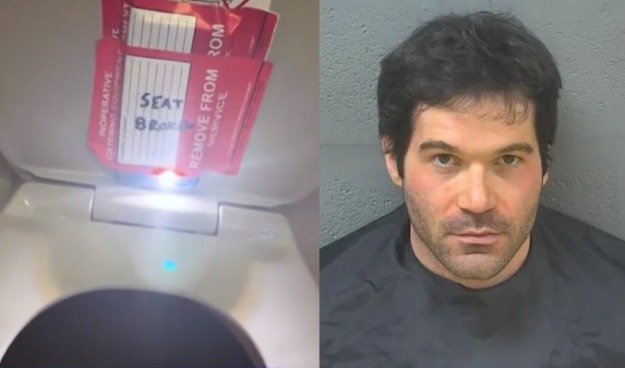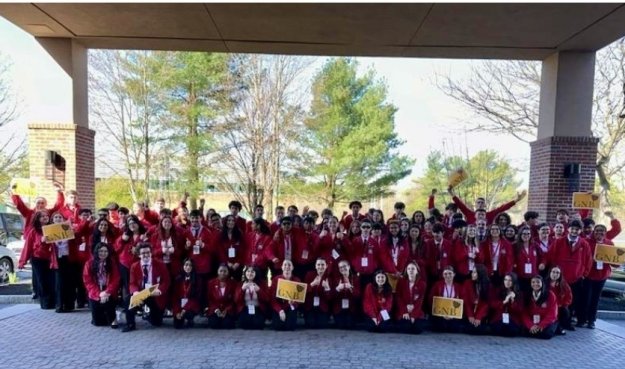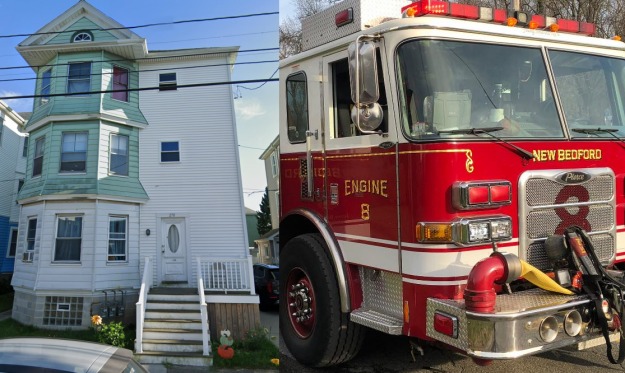Mayor Jon Mitchell and other city officials announced the creation of The Blue Lane, a new designation that describes the city’s new waterfront paths from the CoveWalk and HarborWalk along the South End peninsula to the planned RiverWalk on the banks of the Acushnet River in the North End.
Since taking office in 2012, Mayor Mitchell has strongly supported the reconnection of the city’s waterfront to its residential and commercial areas. In the past two years, the city, with support from the state, has built HarborWalk and CoveWalk, and extended the existing Saulnier path along West Rodney French Boulevard to connect with the CoveWalk. The improvements along the waterfront allow residents to New Bedford’s spectacular water views as never before.
The Blue Lane spans the 11-mile shoreline of the city and will signal to residents and tourists a contiguous set of recreational pathways that will allow visitors to travel along the entire New Bedford waterfront, connecting the attractions not only to local neighborhoods, but also to one another.
The HarborWalk is 3,400 feet long and tops New Bedford’s hurricane barrier on the east side of the city’s southern peninsula connects with a bike path that runs along the waterfront to the tip of the peninsula and into historic, 50-acre waterfront Fort Taber Park. The 5,500-foot CoveWalk sits atop the hurricane barrier on the western side of the peninsula, overlooking Clark’s Cove. The planned RiverWalk will be a 17,000-foot recreational waterfront path on the upper harbor, along the western bank of the Acushnet River north of the New Bedford-Fairhaven Bridge.
The Blue Lane connects several city parks, including Hazelwood, Fort Taber and East and West beaches in the South End, with planned bike paths along JFK Boulevard and Herman Melville Boulevard as part of The Blue Lane linking to Riverside Park, Rivers End Park, and the planned RiverWalk in the North End. The Blue Lane also connects New Bedford’s shoreline paths to bike lanes in neighboring Fairhaven and Dartmouth.
The City’s Office of Tourism and Marketing will work to establish The Blue Lane to local residents and tourists alike.
“New Bedford continues to establish itself as a tourist destination in New England. Marketing our breathtaking and unique waterfront walkways as one connected path, The Blue Lane, gives local residents and visitors a way to chart their course as they walk, run or bike along the city shoreline,” said Mayor Jon Mitchell.
“Paths that span entire cities are useful in cities so that visitors know the full range of opportunities they have to see a destination’s historic and natural attractions. They can find spots for recreation, sightseeing, as well as places to dine and shop as they explore The Blue Lane,” said Dagny Ashley, director of tourism and marketing for the city.
History of the New Bedford Hurricane Barrier
In 1962, construction of the hurricane barrier across New Bedford Harbor began in an effort to greatly minimize the destructive effects of flood waters associated with severe storms. Dedicated in 1966, the hurricane barrier remains the largest manmade structure on the east coast of the United States and provides security for industries, the fishing fleet, and hundreds of homes in residential neighborhoods. The Harbor Barrier and Dike have protected New Bedford and the neighboring communities of Acushnet and Fairhaven from storm surge but, the dike portion of the structure—a massive 18 foot high, 4,600 foot stone wall—has limited public access to the water.
 New Bedford Guide Your Guide to New Bedford and South Coast, MA
New Bedford Guide Your Guide to New Bedford and South Coast, MA







